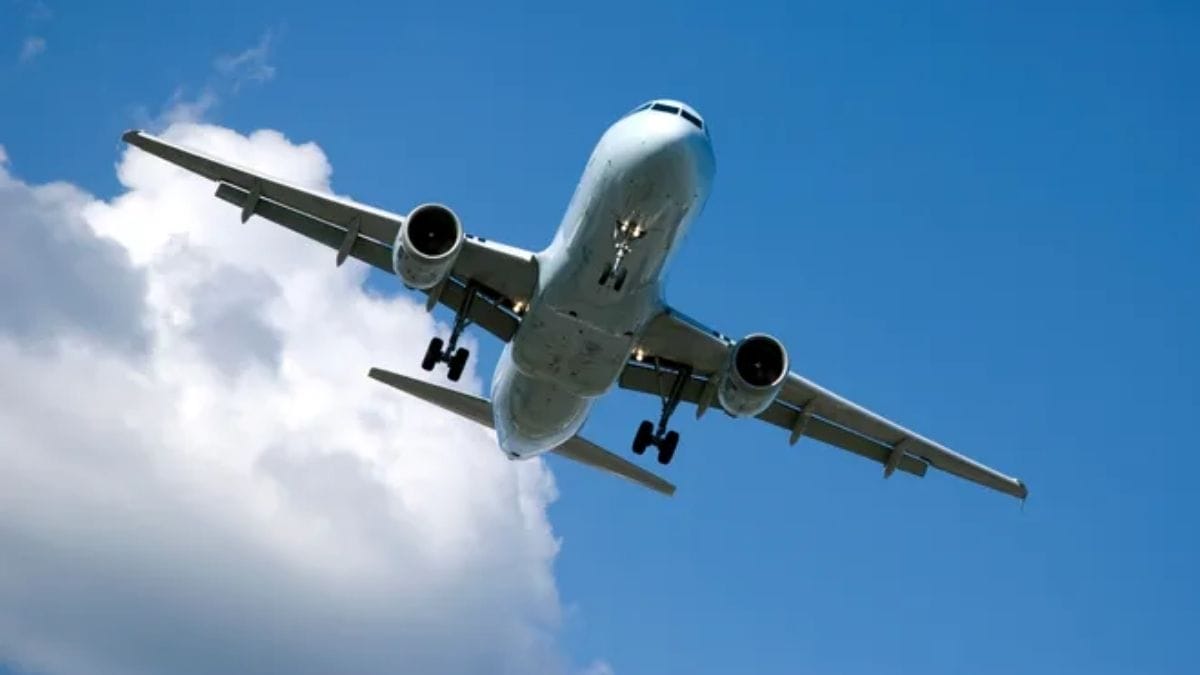Russian officials affirmed that the Russian plane carrying nearly 17 people that went missing on Friday in the Siberian region of Tomsk has been found and the survivors have been spotted.
In a statement, Governor Sergei Zhvachkin’s office clarified that the plane, operated by Siberian Light Aviation (SiLA), was flying from the town of Kedrovy to the regional capital Tomsk when communication was lost.
It further stated that 17 people were on board along with three crew members and four children. Later, the emergency informed that there were 19 people on board.
The Emergencies Ministry affirmed that the plane has been found after making a “hard landing”. The survivors to have been traced, it added. “It appeared that all the passengers and the crew had survived” claimed the officials as quoted by the Russian news agency and cited by ‘Hindustan Times’.
According to reports, the An-28 plane had passed all safety checks. News agency TASS quoted a SiLA executive who informed that the flight had been delayed by almost 10 hours due to the bad weather.
This incident comes after the July 6 crash of an AN-26 plane in Russia’s eastern Kamchatka peninsula, claiming the lives of all 28 people on the board.
The plane manufactured in 1989 was used by Russian airline Aeroflot and in ex-Soviet Kyrgyzstan prior to its service with SiLA in 2014, a local transport source revealed to the Interfax news agency.
The An-28 is a twin-engine light turboprop plane having a usual capacity of 17 passengers.
In accordance to the recent records, Russia which was framed for plane accidents earlier, has developed its air traffic safety records. However, the poor aircraft management and lax safety standards continue yet.
In February 2018, a Saratov Airline An-148 aircraft crashed in Moscow after take-off, claiming the lives of 71 people owing to human error. In the following year, 2019 a Sukhoi Superjet of the flag carrier airline Aeroflot crash landed and caught fire on the runway of a Moscow Airport, taking away lives of 41 people.
Flying in Russia is considered to be risky in the vast country’s isolated region together with difficult weather conditions as the Arctic and the Far East.


